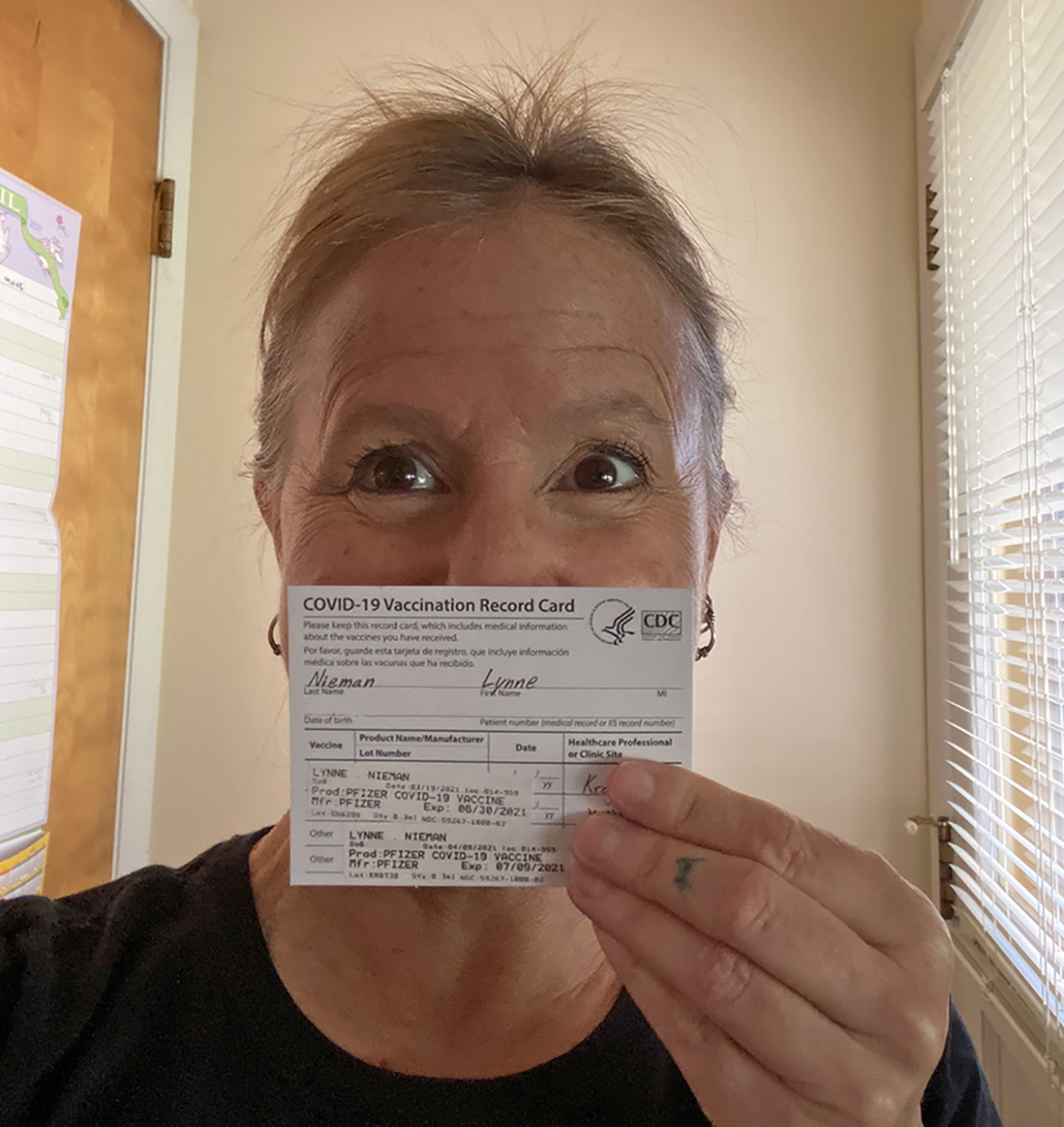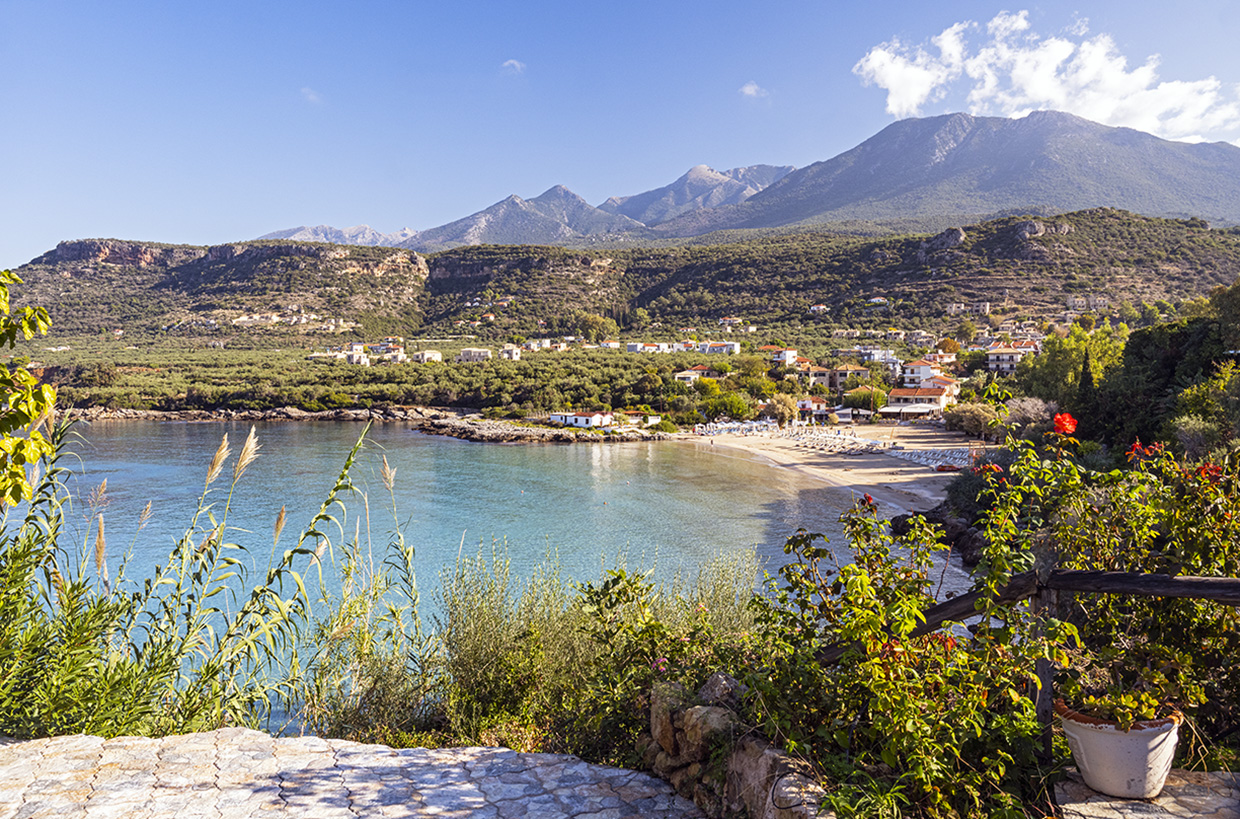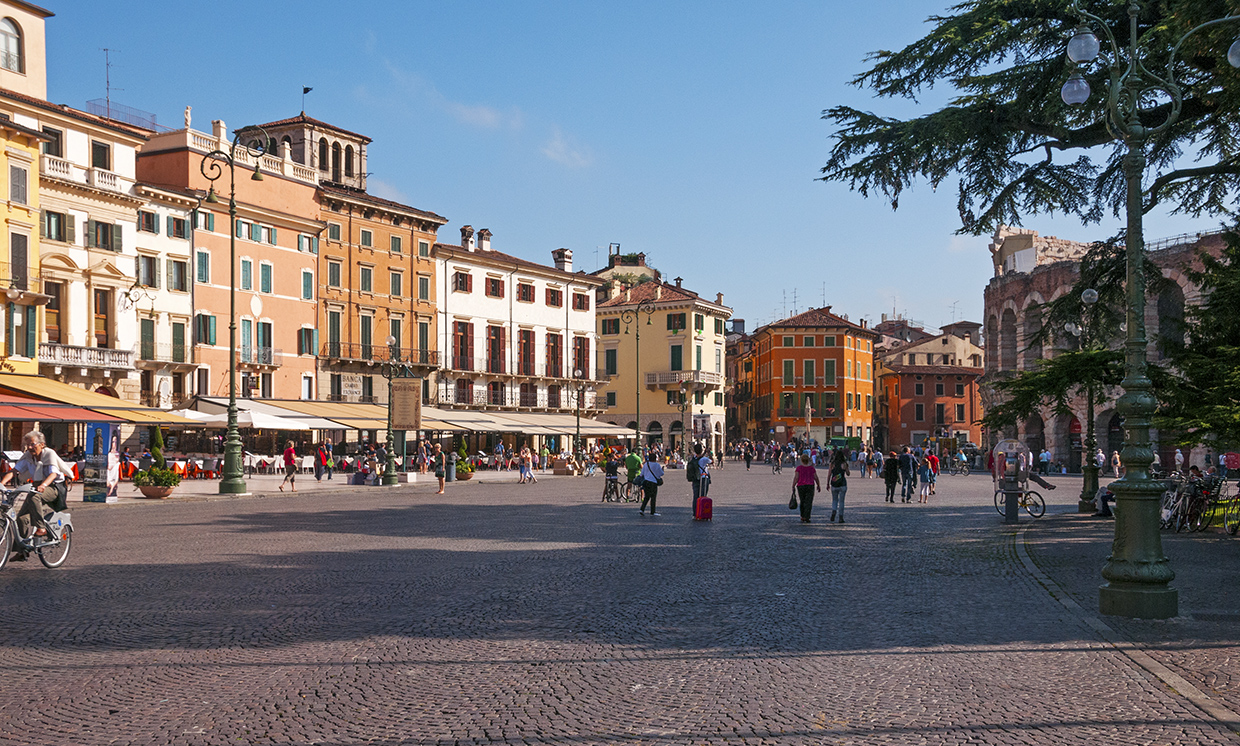5 Great Tips for Traveling to Europe During COVID and Beyond
Travel to Europe has changed and will continue to change.
So in this post I want to offer some tips for traveling to Europe during COVID and beyond.
I think we know that the coronavirus is not going anywhere.
It’s here to stay — at least for a while.
So there will be more hoops to jump through and things will be constantly changing.
And in fact, there is a change for Europe travel coming in 2022 that has nothing to do with COVID.
Let’s dive into these tips for traveling to Europe.

Tip #1 Get vaccinated
My top tip, and something I firmly believe in, is to get vaccinated against COVID.
Some European countries will mandate vaccinations.
Some may allow you to come in without a vaccination if you have recently recovered from COVID.
And some may still allow you to enter but will require testing (perhaps more than 1 test) and may also call for quarantine time before you are free to roam about their country.
If you can, get vaccinated.
It will make it so much easier.
Plus the vaccines are effective against severe illness so it keeps from ending up in the hospital while you are on vacation.
One thing that I am reading, at the time of this post being published, is that you will need a booster vaccination shot if you are past 9 months of your original vaccination (2nd shot for Moderna, Pfizer, AstraZeneca and the 1 shot for Johnson and Johnson).
So, for example, if you are planning a trip for April 2022 and your 2nd dose was given to you in April 2021 (like me) then you will need that booster shot.
And you will have to receive that booster 1 week or more before your travels.
One other note is that some sites, restaurants or events (such as going to a concert or to the theatre) may require you to show proof of vaccination to visit a site, eat at an indoor restaurant or attend a show.
I have seen this on my travels this year and have had to show my proof of vaccination to enter sites and museums.
I think this will continue to be a trend moving forward.
So one of the best tips for traveling to Europe — that will make your life so much easier — is to do your part and get vaccinated.
And keep your CDC card with you at all times until the USA catches up and gets something digital — which we really need!
PS Also make a copy of your CDC card and keep it in a safe place.



Tip #2 Check all requirements for entering a country — even if you are just passing through
Before you even book your trip, check and double check entry requirements.
Be sure you are okay with those requirements.
And know that those requirements may change.
So once you have booked your travels, you will need to check back to see if anything has changed
In the end, I’d check back 2-4 weeks prior to your trip.
Then begin filling out the paperwork as time gets closer.
There are more hoops to jump through with Passenger Locator Forms and health declarations.
Be prepared for this as this is one of those tips for traveling to Europe that you will have to be okay with.
It is the EU or the UK’s way of ensuring that you are safe and that you are keeping their citizens safe.
If you don’t want to play this game, then don’t come to Europe!


Tip #3 Look for the new EES and ETIAS to come into play
Let’s start with the EES — the Entry-Exit System.
I started to see this on my trip this year.
The EES basically takes away getting that stamp in your passport and uses electronic passport scanners and biometrics (facial recognition) to ‘stamp’ your passport.
While these have been implemented in recent months, the addition is that this sophisticated new system will also calculate how long you can stay in the EU.
Remember: if you are entering the Schengen zone you can only stay for 90 days within a 180 day period.
It’s pretty slick and can be much quicker than the border guards stamping your passport.
And it’s a way for the EU to simply tighten its security because if you have been flagged for immigration offenses, then this system will know.
The second piece of this tip for traveling to Europe is the ETIAS — the European Travel Information and Authorization System.
This is something non-EU citizens — including Americans, Australians, Brits and other travellers from outside the Schengen zone — will need to have starting sometime in the first half of 2022.
Basically this is an online application you need to fill out and it has a fee of €7.
The application requires your passport information, travel details and some security questions.
Again, this is just another measure the EU is taking to protect its borders.
It’s a good idea to fill this out about 72 hours prior to your travels.


Tip #4 Be prepared for things to change — so be flexible
The fourth item on my tips for traveling to Europe list is to be flexible.
In this time of COVID things can change.
And in fact, as I write this things are changing again with the new Omicron variant.
Most of the time, you’ll know at least 1 week prior before any major change takes place.
A country will give you some notice.
For instance, as I write this, Austria has locked down to some degree but the government didn’t say “As of today, we’re locked down.”
They will give notice with a date in the future — sometimes it may be just a few days to a week.
Sometimes it will be 2-3 weeks.
Keep your ears open to what is going on in the country you are traveling in.
And be flexible — and prepared — for things to change.
Because there is a good chance they will.
Things have certainly changed as I’ve been traveling.
You may have to provide a negative COVID test at some point.
You may need to be in by a certain hour at night.
Or you may need to show proof of vaccination to go somewhere that you didn’t have to before.
Stay informed.
Try to be as flexible as possible.
And be prepared — for anything.


Widget not in any sidebars
Tip #5 Purchase insurance
To me, this is a no brainer.
And probably one of the best tips for traveling to Europe.
Period.
At this time of uncertainty, be sure to purchase travel and health insurance for your trip.
Many of the insurance companies are now covering COVID, but do be sure of this.
I really feel that insurance is something you shouldn’t travel without.

Final thoughts on tips for traveling to Europe during COVID and beyond
I truly believe it is possible to travel to Europe now and into 2022.
I just don’t think it will be for everyone.
You definitely need to be thorough — knowing all the “stuff” that needs to be filled out.
You need to be okay with giving that information to the destinations you are traveling to.
Flexibility and “going with the flow” are important — because things may change as you are traveling.
And, if it all gets too overwhelming, please hire a travel planner like yours truly.
While these tips for traveling to Europe are helpful, it can be worth the peace of mind to have someone to assist you as you navigate all the hoops you need to jump through.
That’s what we do best and why we are in business — to help you have a stress free (as possible) trip and to have the bestest, most wonderful holiday.

Please note that Wander Your Way is only recommending international travel to those who are vaccinated and feel comfortable doing so. This is because travel to Europe is complicated.
If you do decide to travel internationally, please do your research or use a travel planning service such as Wander Your Way. Please stay up to date using official sources like the WHO and CDC.
I am continuing to write about incredible destinations and to offer tips on travel to Europe, so that you will find some solace in these posts — so you dream about travel and learn about places. And hopefully make that bucket list! This way when we can all fully travel again, you’ll be ready to go.
And if you are ready to go soon, please contact Lynne for any assistance you may need.
Disclaimer: This post contains affiliate links. This means I will earn a commission – at no extra cost to you — if you click on the link and purchase anything from these trusted companies. It helps Wander Your Way, a small business, stay in business. Thanks for your support!
Like it? Pin it!











